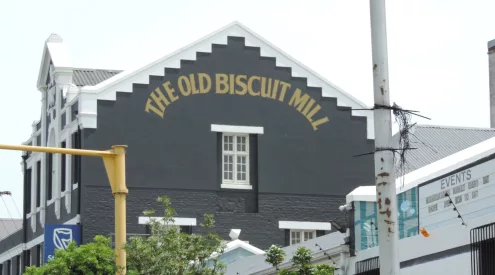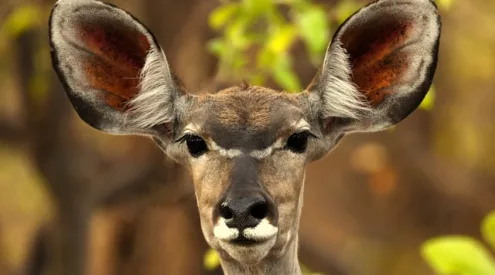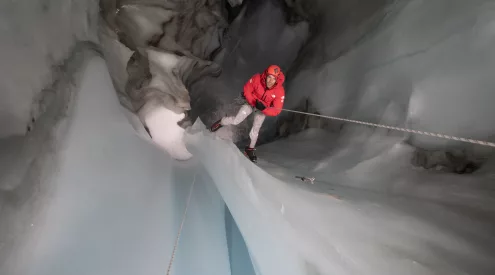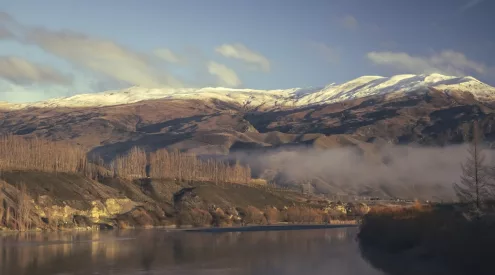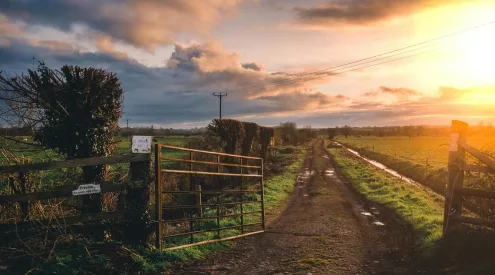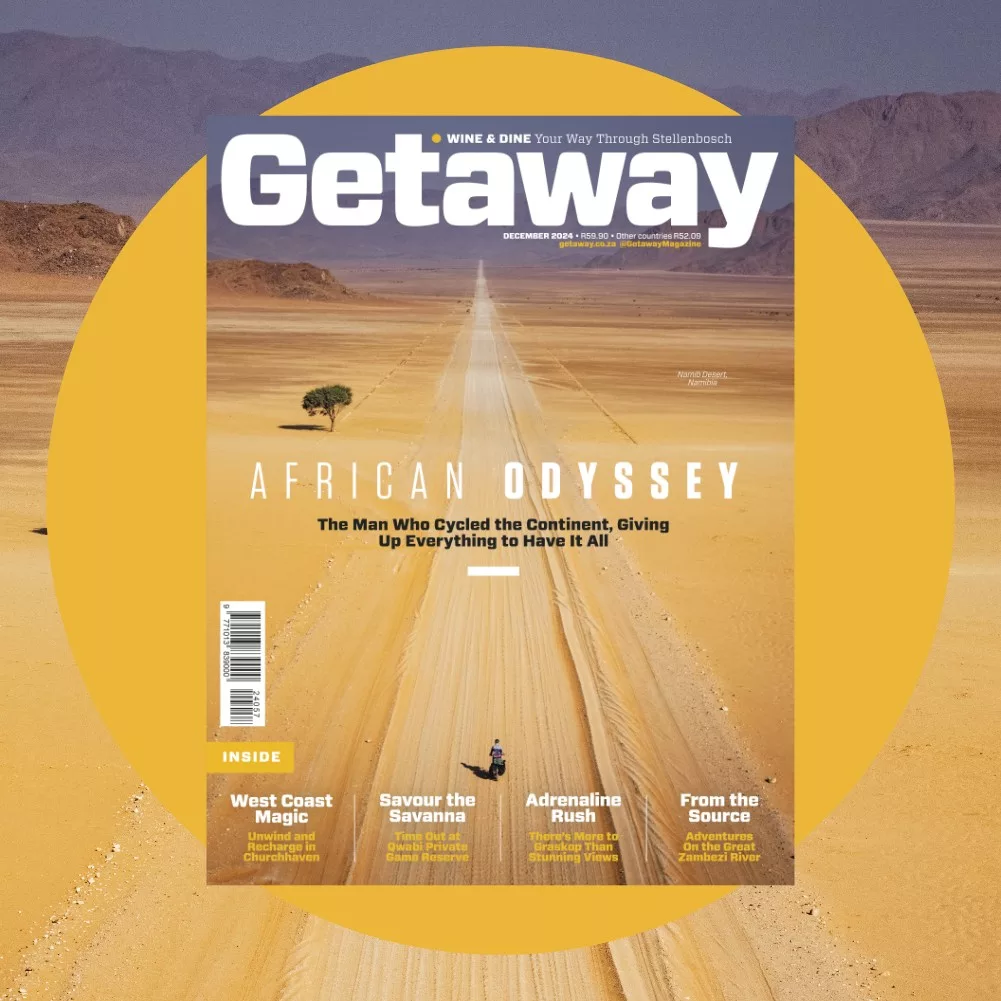Posted on 6 October 2024
The Karoo is renowned for having some of the clearest skies on Earth, making it an ideal destination for stargazing. This vast and open landscape is perfect for a road trip, where the journey along its back roads allows travellers to connect with the environment uniquely. Each mile brings a sense of calm and clarity; with minimal traffic, the experience is uninterrupted serenity.
×

